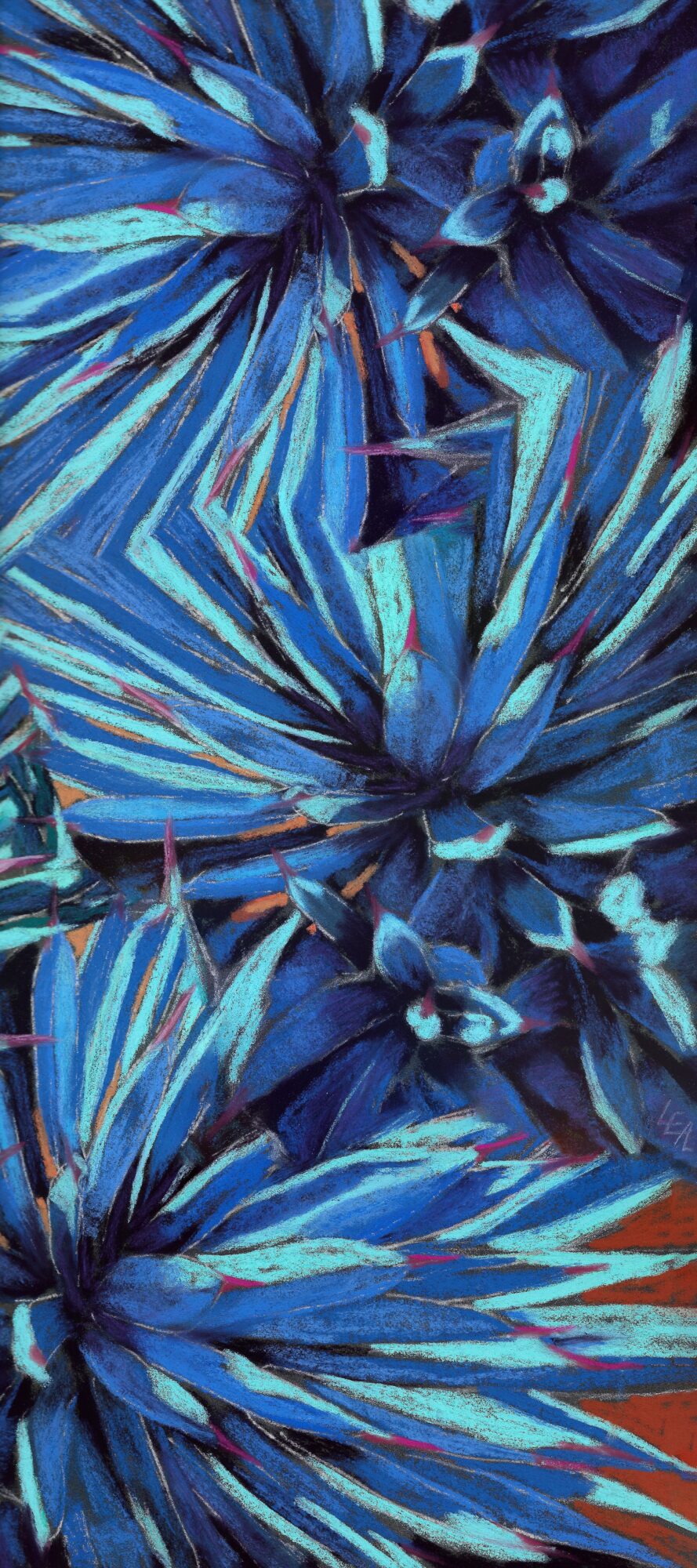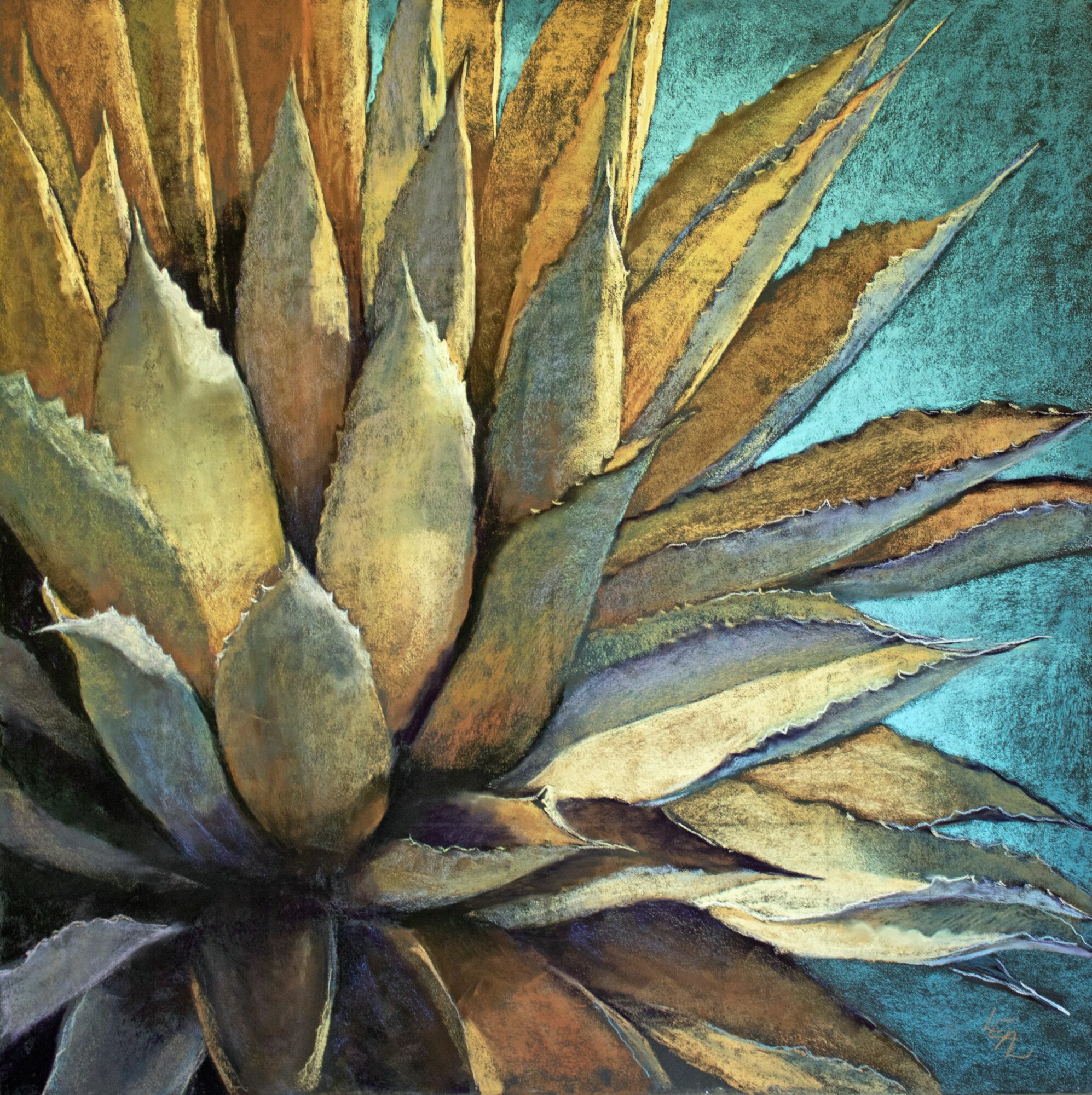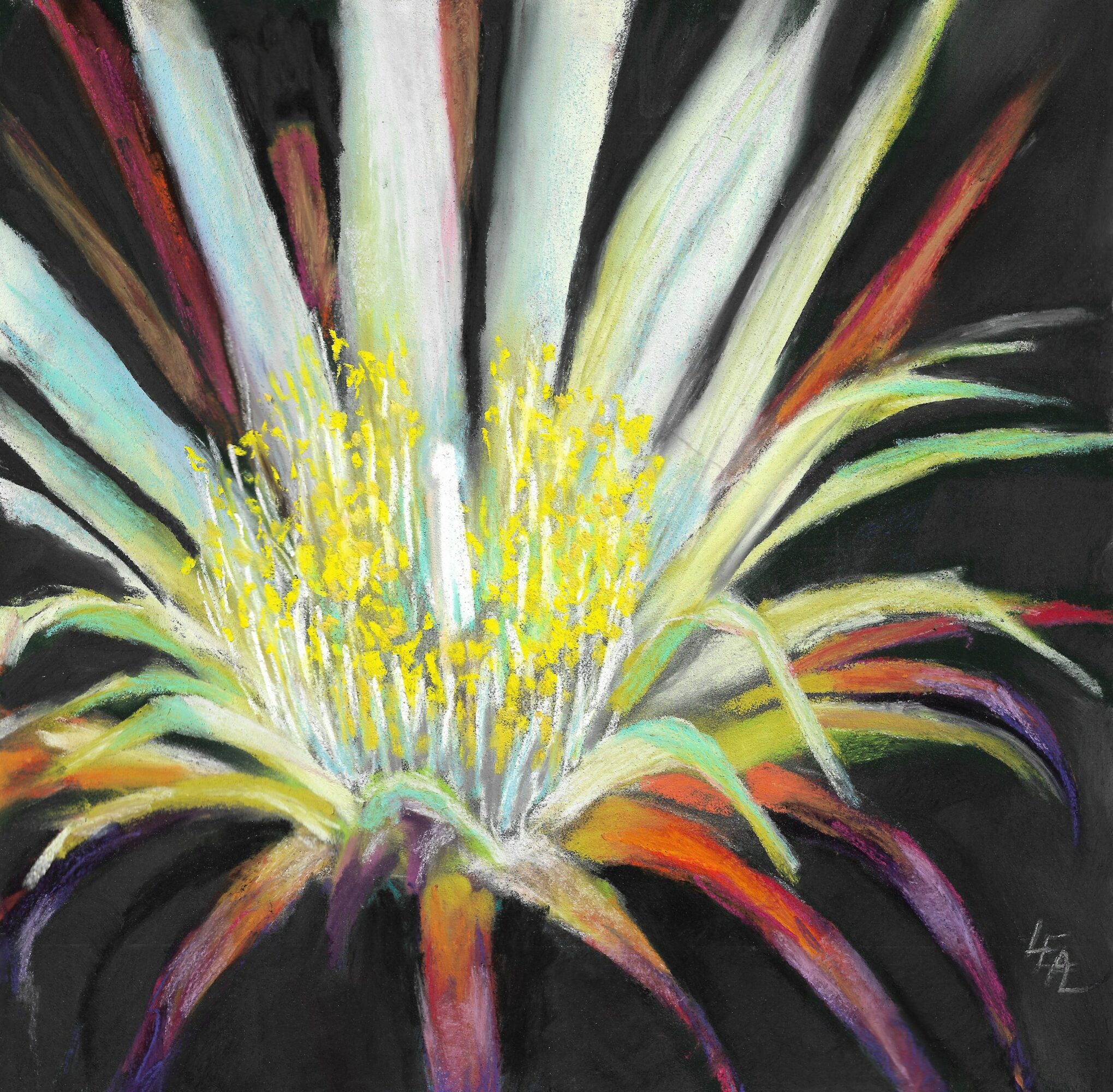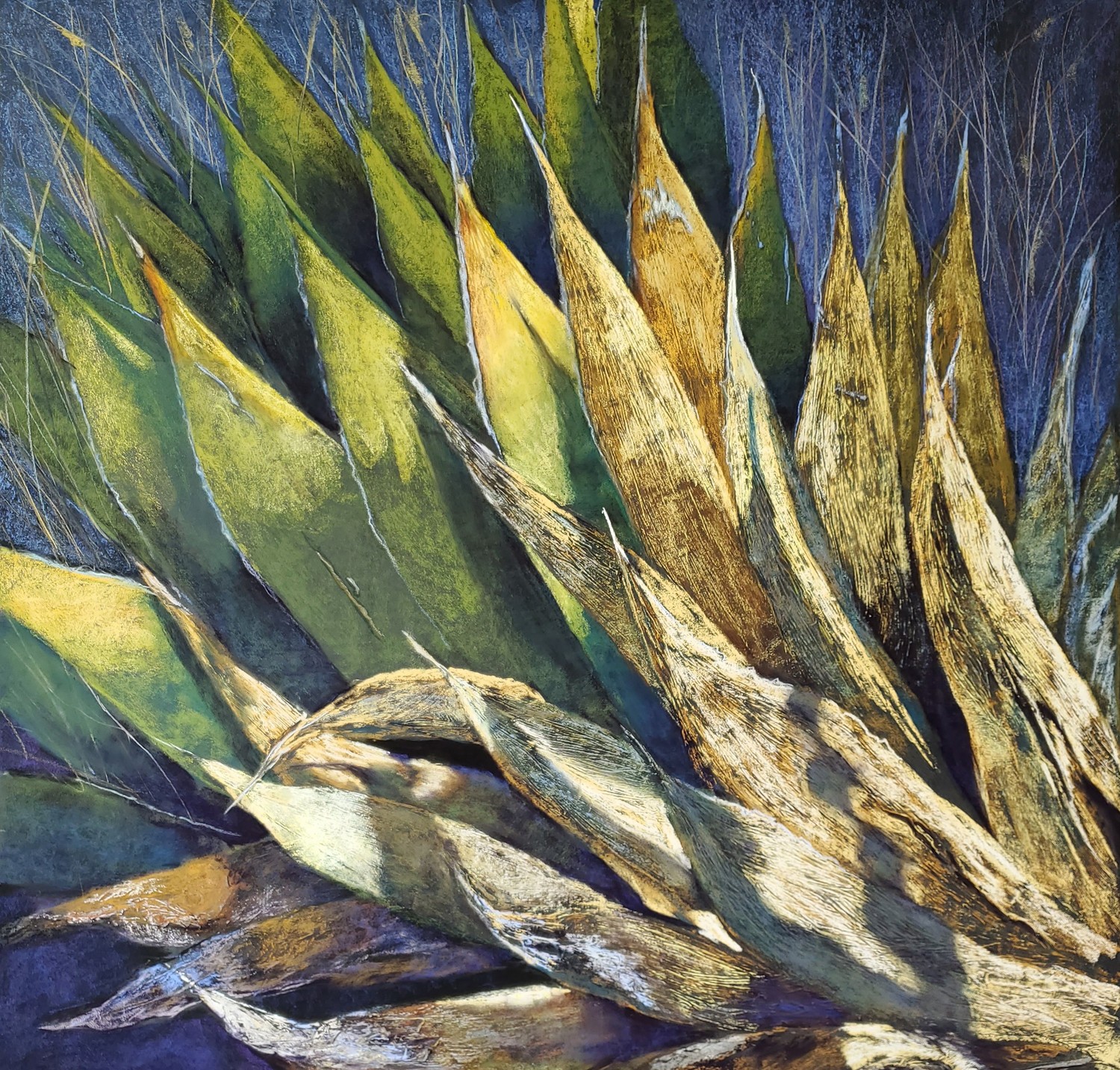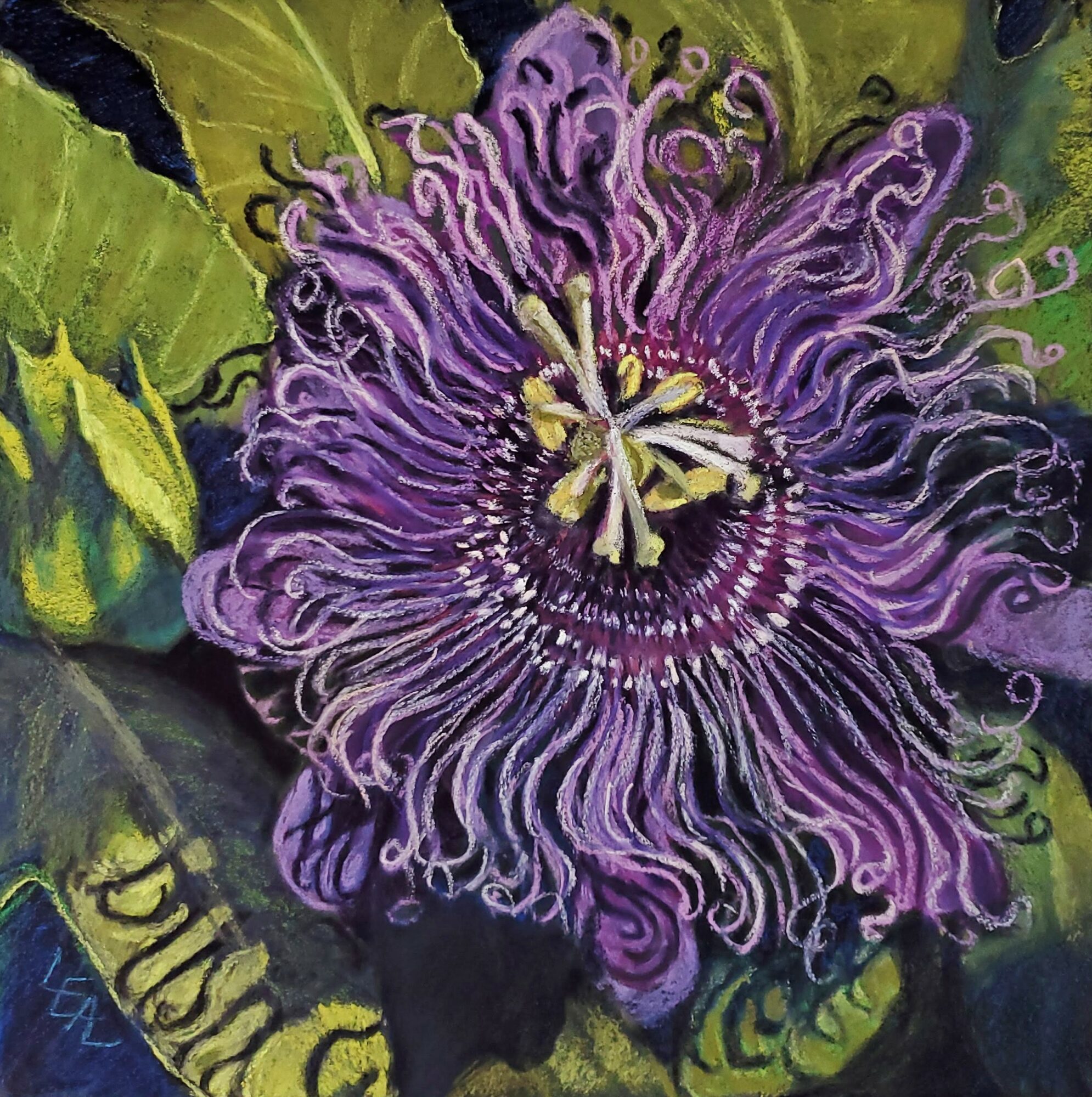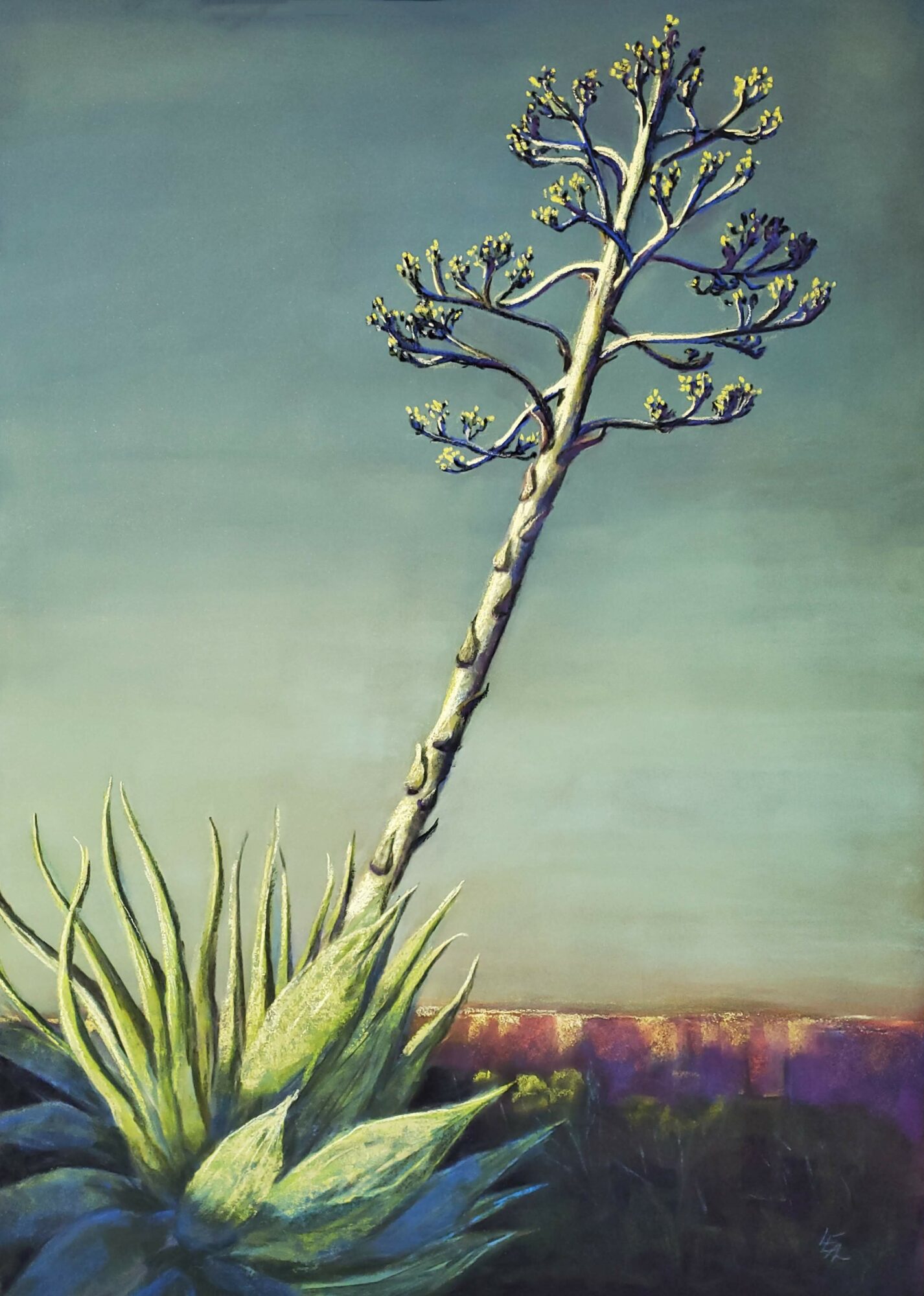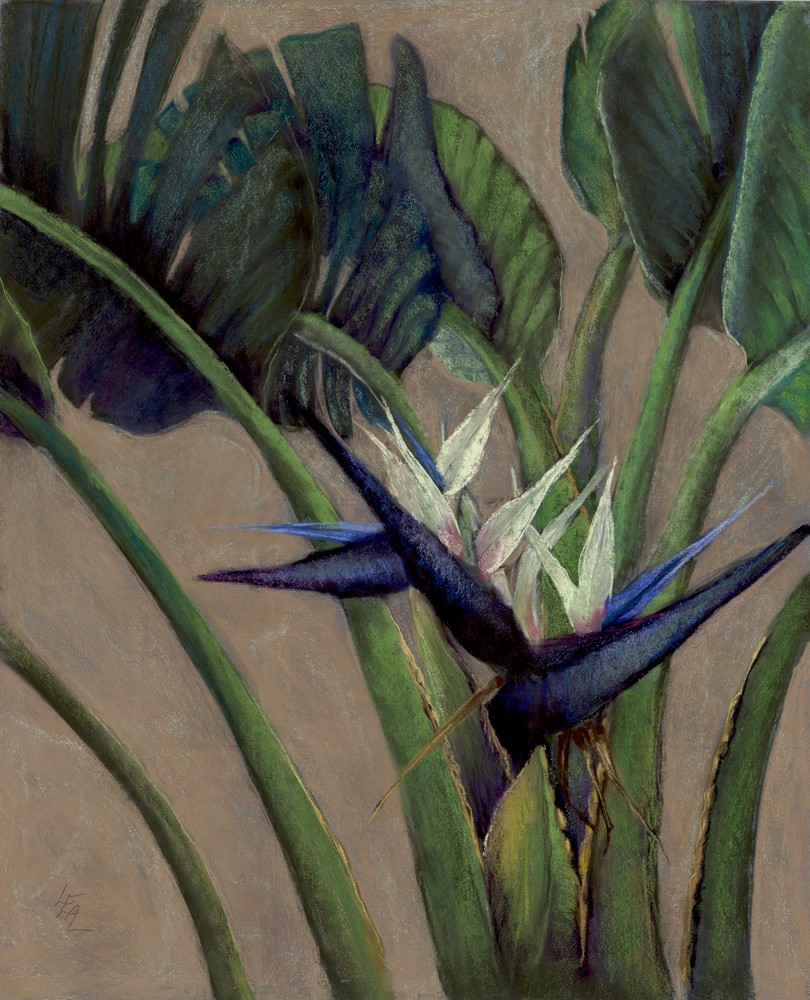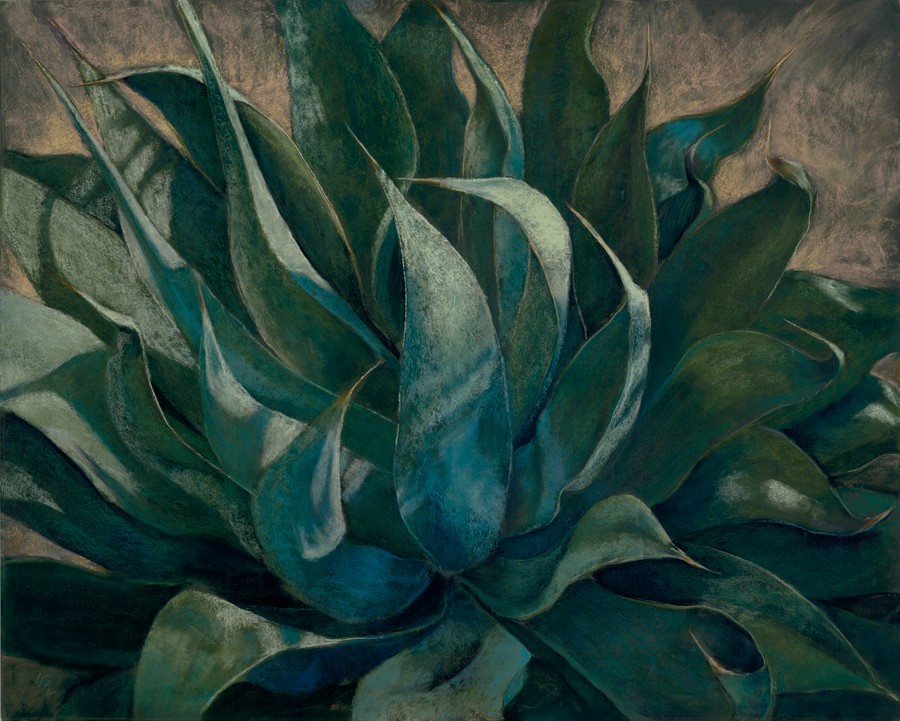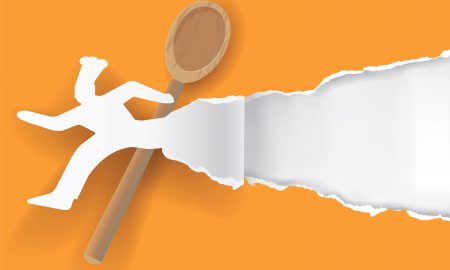

Today we’d like to introduce you to Anna Lisa Leal.
Hi Anna, it’s an honor to have you on the platform. Thanks for taking the time to share your story with us – to start maybe you can share some of your backstories with our readers?
I’m originally from Laredo on the border of Texas and Mexico. As a kid, I spent most of my days playing under and in the tangerine trees in our yard. Playing also included spending hours drawing in the shade of the trees where my mom set me up with a drawing pad. I’ve been creative for as long as I can remember – whether it was drawing, dancing, or creating in other ways.
I vividly remember drawing through high school and most often doing portraiture. During college, I continued the figurative and portrait work in graphite and often did portraits on request to make a bit of money. Though I had a degree of artistic talent, I pursued “practical” studies over the creative world. As I delved into my science classes, I discovered a great aptitude in botany which was my first college course in biology. I was invited to teach the lab portion of that course and did so for the remainder of my time at that campus. That love of botany was to find me in future years, I just didn’t know it yet.
Though I didn’t formally study art, I never truly left my art behind. The time I had to devote to art has waxed and waned over the years. There was more waning while I focused on my career, but when my career arrived at a comfortable place, I was able to return more fully to my art. I was introduced to pastels in 2013 when my sister asked me to come along to a half-day pastel workshop given by an artist whose art she had viewed at a Pastel Society of New Mexico exhibit. I grudgingly went to the pastel class pretty sure I would not like it. So, naturally, here I am many years later still working in pastel.
Botanical subjects are my primary love (insert college love of botany here). I am most inspired by the xeric specimens found in the Sonoran and Chihuahua deserts as well as throughout the southwestern United States. Early in my pastel painting journey, I did a painting of agave in my garden. I imagined myself as a bug or lizard walking along with the inner cupping or hollows in the leaves. It was the first painting I entered in a juried show and not only was the painting juried into the show, but it was also awarded a prize. That sealed the deal for me in not only pursuing art more voraciously but also in focusing on botanicals. My love showed in the paintings.
I never really fully understood my fascination with xeric botanicals until I was in West Texas and drove through Presidio. Like a ton of bricks, it hit me – I grew up on the Texas/Mexico border near the Chihuahua desert of Mexico. I was simply drawing my childhood home.
Home for the last 30 years has been in and around Austin, Texas. Currently, my studio is at my home in the Hill Country northwest of Austin adjacent to the Balcones Canyonlands Reserve.
Would you say it’s been a smooth road, and if not what are some of the biggest challenges you’ve faced along the way?
Life isn’t a smooth road and yes, there have been challenges along the way. My greatest challenge/obstacle is myself – no big surprise. Like many, I question my work and look to others to ‘judge’ what is good and not good. What I’ve found is work that I think is terrific is usually because I have a particular tie to it emotionally. There are countless times where I’ve decided to get past my fear and share a painting on social media that I don’t feel is strong, then to my surprise, it has sold right off of those posts within hours. Given that experience, I try not to judge my own work too harshly – beauty truly is in the eye of the beholder.
All that being said, one thing that has stuck with me through the years is the mantra of a fellow artist, Fred Sommers. He often says “Paint what you love, walk in the light”. No truer words were spoken. When you aren’t painting what you love, it shows. Conversely, when you paint what you love, that comes through loud and clear.
The pandemic has given many artists both negative and positive surprises which caused changes in our ways of working and engaging with our collectors. The art festivals were canceled, galleries closed, etc. We pushed more into our online presence and leveraged ZOOM in various ways from art viewing with collectors to teaching. I’m blessed to have met and taught folks from California to New York and the United Kingdom.
While I love art festivals, they are challenging work. I love meeting people and that alone offsets the heat, the standing around, and the setup and break down craziness. When you do the math, the travel expenses and show fees are pretty much equivalent to the commission one pays to galleries. So, as time goes on, I know I will be limiting festivals and building up more galleries so I can focus more on painting. My goal is to build my own stand-alone studio on my property and host open studio events.
Can you tell our readers more about what you do and what you think sets you apart from others?
Over the years, I’ve picked up various techniques that resonated with me in developing a technique of my own from preparing the substrate to the application of the medium. For support, I went through different types of techniques in application. They included pastel/alcohol washes on untoned papers, commercially prepared colored papers, and adding liquid acrylic metallics. I later moved to work onboard, applying my own textures such as pumice and micaceous iron oxide.
I am fascinated by Fibonacci spirals found in nature and echoed in phyllotaxy— the pattern in which leaves are arranged on plants in order to maximize the sunlight they receive. The placement of those leaves is about the scientific efficiency of nature – plants chasing light. I just imitate nature and attempt to chase light in my art. When people ask me to name my favorite between cacti, succulents, aloe, and agave, my heart is invariable with the agave.
I am moved by the stateliness of the agave and the seemingly endless variations in size, colors, and shapes. I marvel at the undulation of the agave leaves and those leaves imprinted by the now unfurled leaf-like footsteps in the sand. I am emotionally moved by the poignant swan song beauty of the agave flower. But, then again, on the opposite end of the spectrum, I am also enamored with tropical and unusual flowers and plants.
My latest series is one on entropy – a measure of disorder, uncertainty and randomness. It’s like death and taxes – even in nature. I’d always appreciated the dying/woody leaves on the bottom of agave, but when I came across one complete dead and desiccated in place – I was amazed at the patterns and colors and it kicked off the series. Here is where you can really see my latest technique with textures.
Is there anything else you’d like to share with our readers?
Come see my work in San Antonio at Art Gallery Prudencia in the Monte Vista district. In the spring and fall, you might also find me at various art festivals in Texas. Check my website for upcoming events – both gallery shows and festivals.
For peeks into my process and near real-time updates on stuff, follow me on Instagram – @annalisalealartist and Facebook (@annalisalealartist).
Contact Info:
- Website: https://www.annalisaleal.com/
- Instagram: https://www.instagram.com/annalisalealartist/
- Facebook: https://www.facebook.com/annalisalealartist

